| 1 YEAR | I semester | 6 CFU |
| Mauro De Sanctis | ICT and Internet Engineering (6 of 9) |
| A.Y. 2023-24 | |
| Didatticaweb
Code: 80300052 |
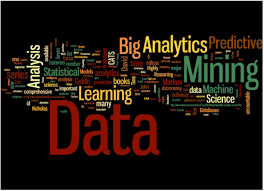
| 1 YEAR | I semester | 6 CFU |
| Mauro De Sanctis | ICT and Internet Engineering (6 of 9) |
| A.Y. 2023-24 | |
| Didatticaweb
Code: 80300052 |

| 1 YEAR | I semester | 6 CFU |
| Tommaso Rossi (3cfu)
Cesare Roseti (3cfu) |
ICT and Internet Engineering |
| since A.Y. 2023-24 program 📑 | |
| Code: SSD: ING-INF/03 |
FORMATIVE OBJECTIVES
The course module provides an overview of the technologies involved in the multimedia application evolution from analogue to digital, from linear television to video on demand. To this aim, the module addresses the main TV standards, the TCP/IP protocols involved in modern streaming services, the network architectures and the different service modes.
PREREQUISITES: A good background in TCP/IP protocols.
SYLLABUS:
PARTE I – Digital TV standards, MPEG-2 and Transport Stream, IP encapsulation over DVB.
PARTE II – IP multicast, IGMP, IP multicast routing
PARTE III – Transport protocols for IP multimedia applications; Video streaming applications and CDN, the multimedia protocol stack, RTP and RTCP, multimedia signalling protocols: RTSP, SDP and SIP, Key Performance Indicators.
PARTE IV -Adaptive Streaming over HTTP, MPEG-DASH, Support to multimedia applications over 5G.

| 1 YEAR | I semester | 6 CFU |
| (from ICT) | |
| Ernestina CIANCA | A.Y. 2023-24
Teaching programs (Schede d’Insegnamento-GOMP)📑
|
| Code: 8039522 SSD: ING-INF/03 |

| 1 YEAR | I semester | 6 CFU |
| Marco Re |
since A.Y. 2021-25 |
| A.Y. 2025-26
Teaching programs (Schede d’Insegnamento-GOMP)📑
|
|
| Didatticaweb
Code: 80300061 |
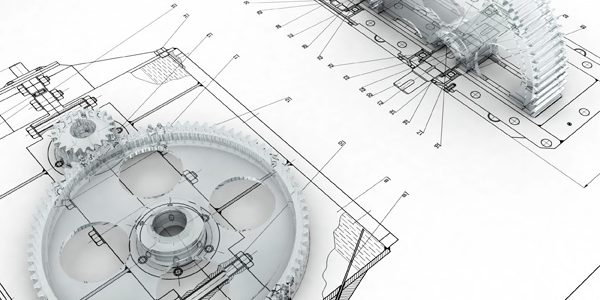
| 1 YEAR |
1 semester | 6 CFU |
| Marco Ceccarelli | A.Y. 2021-22 to 2024-25
A.Y. 2025-26 new name: 80300216 MECHANICS OF SYSTEMS FOR SIMULATIONS |
| Code: 803000062 SSD: ING-IND-13 (by Engineering Sciences) |
OBJECTIVES
LEARNING OUTCOMES: The course aims to teach students the knowledge and tools that are needed to address the issues that are related to the identification, modeling, analysis, and design of multi-body planar systems in English language and terminology
KNOWLEDGE AND UNDERSTANDING: modeling and procedures to recognize the structure and characteristics of mechanisms and machines
APPLYING KNOWLEDGE AND UNDERSTANDING: acquisition of analysis procedures for the understanding of kinematic and dynamic characteristics of mechanisms and machines
MAKING JUDGEMENTS: possibility of judging the functionality of mechanisms and machines with their own qualitative and quantitative assessments
COMMUNICATION SKILLS: learning technical terminology and procedures for presenting the performance of mechanisms
LEARNING SKILLS: learning technical terminology and procedures for the presentation of the performance of mechanisms
PREREQUISITES: knowledge of basic mechanics of rigid bodies and computation skills
SYLLABUS
Structure and classification of planar mechanical systems, kinematic modeling, mobility analysis, graphical approaches of kinematics analysis, kinematic analysis with computer-oriented algorithms; dynamics and statics modeling, graphical approaches of dynamics analysis, dynamic analysis with computer-oriented algorithms, performance evaluation; elements of mechanical transmissions.
BOOKS:
Lopez-Cajùn C., Ceccarelli M., Mecanismos, Trillas, Città del Messico
Shigley J.E., Pennock G.R., Uicker J.J., “Theory of Machines and Mechanisms”, McGraw-Hill, New York
Handnotes and papers by the teachers
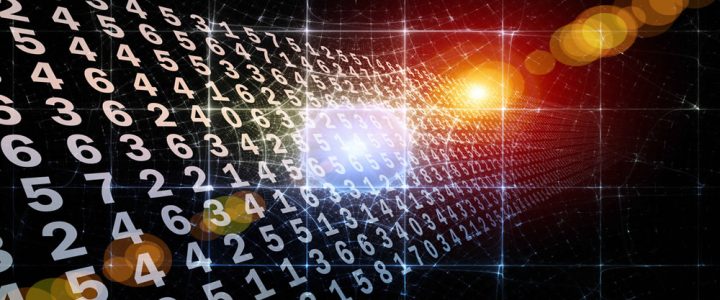
| 1 YEAR | II semester | 6 CFU |
| ICT and Internet Engineering | |
| Marina RUGGIERI (5cfu)
Tommaso ROSSI (1cfu) |
A.Y. 2023-24 A.Y. 2024-25 A.Y. 2025-26Teaching programs (Schede d’Insegnamento-GOMP)📑
|
| Code: 8039514 SSD: ING-INF/03 |
The Digital Signal Processing teaching modules offer students the opportunity to become designers, providing a solid theoretical basis, multiple design techniques, and Matlab script development skills.
DSP is offered to Mechatronics students with the option of 6 credits and 9 credits format. Students who select the 6-credit option, might be interested to add a +3 credits of formative activities, with focus on pre-assigned additional topics of the DSP realm.
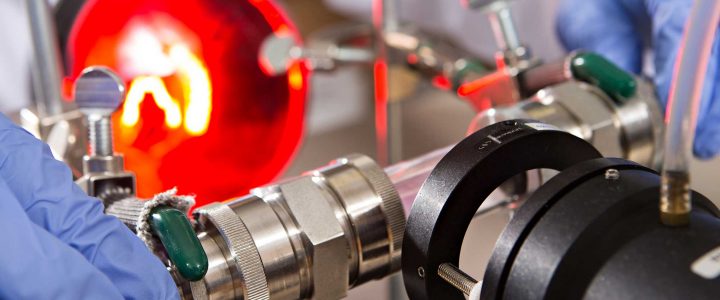
| 1 YEAR | II semester | 6 CFU |
| Michela GELFUSA | A.Y. 2021-22 (by Engineering Sciences)
A.Y. 2024-25 (last year) |
| Code: 80300063 SSD: ING-IND/10 (by Engineering Sciences) |
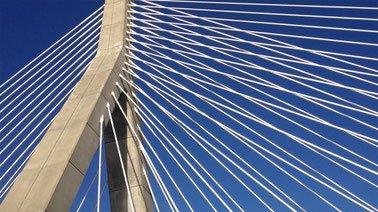
| 1 YEAR | II semester | 6 CFU |
| Andrea Micheletti | A.Y. 2021-22 (9 cfu) |
| Andrea Micheletti | A.Y. 2022-23 A.Y. 2024-25 (6 cfu) – program 📑 |
| Code: 80300064 SSD: ICAR/08 (by Engineering Sciences) |
FORMATIVE OBJECTIVES
LEARNING OUTCOMES: The goal of this course, composed of two Modules, is to provide the student with basic knowledge of the mechanics of linearly elastic structures and of the strength of materials. By completing this class successfully, the student will be able to compute simple structural elements and reasonably complex structures.
KNOWLEDGE AND UNDERSTANDING: At the end of this course, the student will be able to:
– compute constraint reactions and internal actions in rigid-body systems and beams subjected to point/distributed forces and couples
– compute centroid position and central principal second-order moments of area distributions
– understand the formal structure of the theory of linear elasticity for beams and 3D bodies
– analyze strain and stress states in 3D bodies
– compute the stress state in beams subjected to uniaxial bending, biaxial bending, eccentric axial force
– understand the behaviour of beams subjected to shear with bending and torsion
– understand how to compute displacements/rotations in isostatic beam systems, how to solve statically underdetermined systems, how to apply yield criteria, and how to design beams against buckling
APPLYING KNOWLEDGE AND UNDERSTANDING: The student will apply the knowledge and understanding skills developed during the course to the analysis of practical problems. This includes the analysis of linearly elastic structures and structural members in terms of strength and stiffness.
MAKING JUDGEMENTS: The student will have to demonstrate his awareness of the modeling assumptions useful to describe and calculate structural elements, as well as his critical judgement on the static response of elastic structures under loads, in terms of stresses, strains, and displacements.
COMMUNICATION SKILLS: The student will demonstrate, mostly during the oral test, his capacity of analyzing and computing the static response of linearly elastic structures, as well as his knowledge of the underlying theoretical models.
LEARNING SKILLS: The student will get familiar with the modeling of structures and structural elements in practical problems, mostly during the development of his skills for the written test. This mainly concerns beams and three-dimensional bodies.
PREREQUISITES: The student should have already attended the basic courses of calculus, geometry, and physics.
It is required that the student has good skills with regard to differential and integral calculus, linear algebra and matrix calculations.
SYLLABUS:
Together with the other Module of this course, the following topics are covered.
Review of basic notions of vector and tensor algebra and calculus.
Kinematics and statics of rigid-body systems.
Geometry of area distributions.
Strain and stress in 3D continuous bodies and beam-like bodies.
Virtual power and virtual work equation for beams and 3D bodies.
One-dimensional beam models: Bernoulli-Navier model, Timoshenko model, constitutive equations, governing differential equations.
Constitutive equation for linearly elastic and isotropic bodies, material moduli.
Hypothesis in linear elasticity, equilibrium problem for linearly elastic beams and 3D bodies.
Three-dimensional beam model: the Saint-Venant problem, uniaxial and biaxial bending, eccentric axial force, shear and bending, torsion.
Elastic energy of beams and 3D bodies, work-energy theorem, Betti’s reciprocal theorem, Castigliano’s theorem.
Yield criteria (maximum normal stress, maximum tangential stress, maximum elastic energy, maximum distortion energy).
Buckling instability, bifurcation diagrams, load and geometry imperfections, Euler buckling load, design against buckling.
Basic notions on the finite element method and structural analysis software.
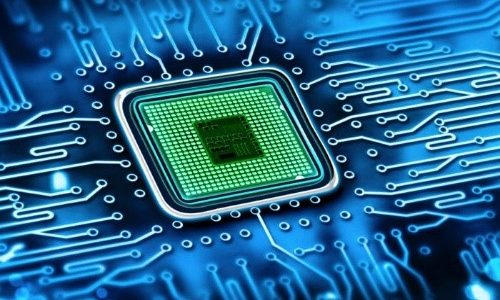
| 1 YEAR | II semester | 6 CFU + 3 cfu extra |
| Rocco Giofre’ | A.Y. 2021-22
A.Y. 2022-23 |
| Paolo Colantonio | A.Y. 2023-24
Teaching programs (Schede d’Insegnamento-GOMP)📑
|
| Code: 8037954 (9CFU) 80300060 (6CFU) SSD: ING-INF/01 (by Engineering Sciences) |
The students who include Analogue Electronics in their study plan are strongly advised to include it in its 9-CFU version, with the last 3 CFUs (out of 9) working as Extra Credits.
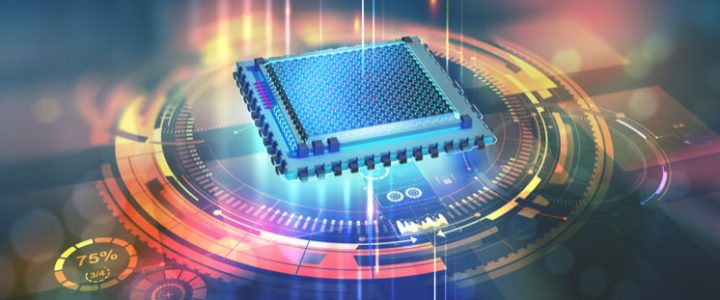
| 1 YEAR | II semester | 6 CFU |
| Antonio Agresti (3cfu) Francesca De Rossi (3cfu) |
A.Y. 2021-22 |
| Antonio Agresti (3cfu) Fabio Matteocci (3cfu) |
A.Y. 2022-23 A.Y. 2023-24 |
| Antonio Agresti (5cfu)
Sara Pescetelli (1cfu) |
A.Y. 2024-25 A.Y. 2025-26 – program 📑 |
| Code: 8039791 SSD: ING-INF/01 |